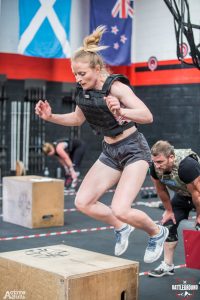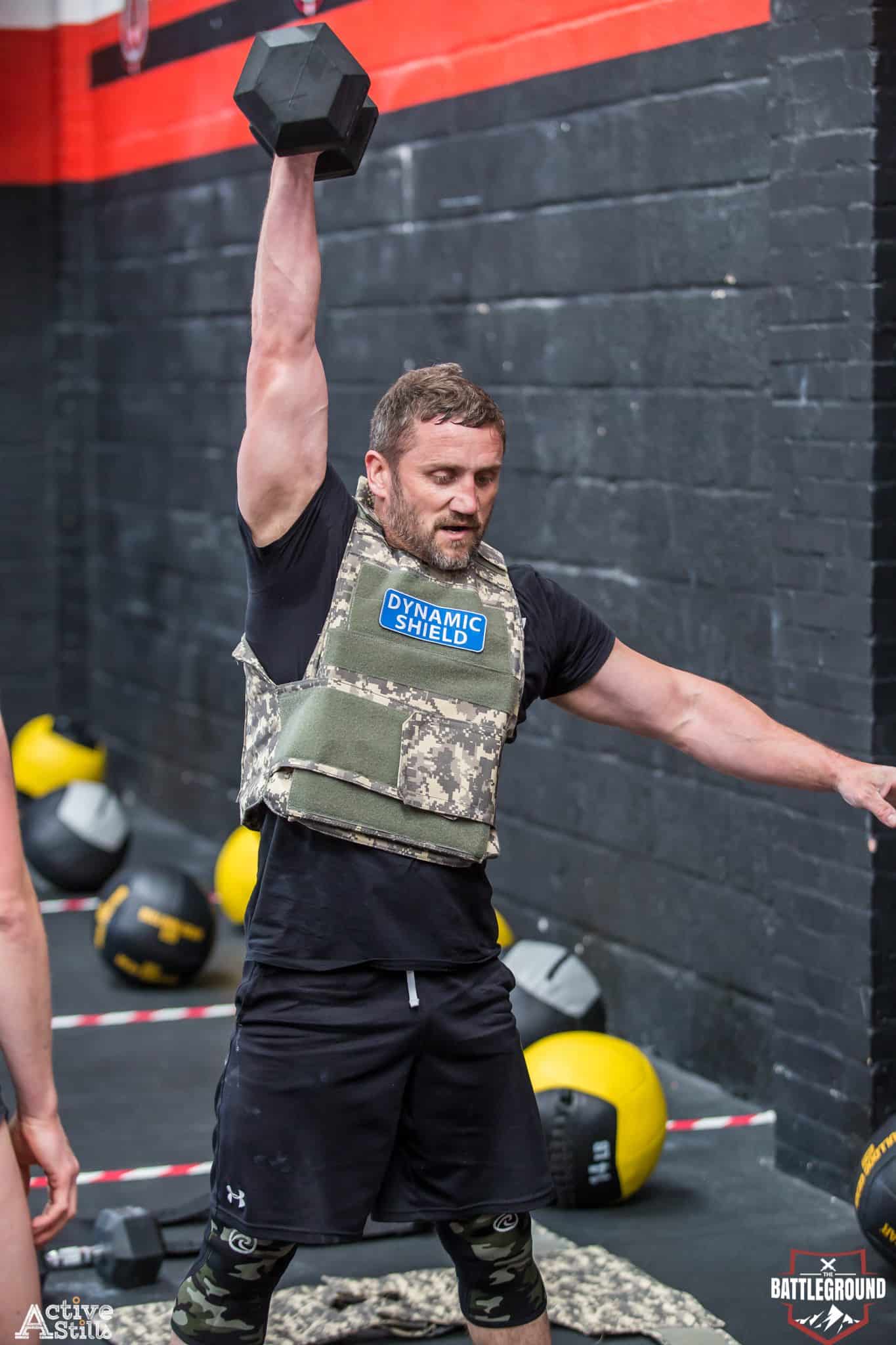At first glance the headline photo looks pretty cool. It shows an athlete lifting weights, working hard and ‘in control’. The reality was very different. At the time of the snapshot I was already in last place for the workout! I arrived feeling good about my fitness levels and I left knowing that I needed more to compete at that level. Competitive athletes stepping up levels of competition will experience this and ask ‘Can I even live at this level?’. How an athlete responds to failure, errors and falling short of expectation plays an important role in their development. The youth strength and conditioning athletes that we work with often look confused when I celebrate their errors with a high five! The truth is, they’ve found something to work on. A weakness to improve.
Seek out the weaknesses and celebrate errors
The youth athlete entering organised strength and conditioning has a lot to learn. The field is so vast that none will come in and master the many facets of S&C. It is a rich teaching and learning environment. Exercises are delivered in a progressive manner. Technique is always key. Once technique is mastered, youth athletes strive to achieve consistency. Only once consistent good form is established do we look to add intensity.

The S&C environment can therefore be challenging for the talented youth performer. There will be drills and practices that they find particularly challenging. Mistakes are inevitable. How we view these mistakes and technical flaws is crucial. An error, in the same way as falling short of the competition, highlights an area for development. Therefore, they are essential to our progress. Sessions that do not identify and develop weakness are not progressing the young athlete. Once an area of weakness is known, steps can be put in place to address it. This is why failure should be viewed positively. Viewed correctly the can direct future programs to eradicate said weakness. This is preferable to not knowing the weakness existed in the first place!
Turn weakness into action
Taking action was weaknesses are identified is critical. Strength and conditioning coaches must work with athletes to build specific training that addresses weakness. Indeed, every session should include ‘takeaway’ information for the next session. This information must also feed into the immediate and medium term training programme. The extent of intervention will vary according to the needs of the athlete. For example, some minor technical flaws can be addressed very simply within a single session. Other weaknesses such a lack of aerobic capacity will take several weeks, and even months, to address.
An important role of the youth strength and conditioning coach is helping young athletes approach training in a positive way. Using mistakes and errors as positive step towards change allows youth athletes to focus upon the process of getting better rather than being solely results driven.
